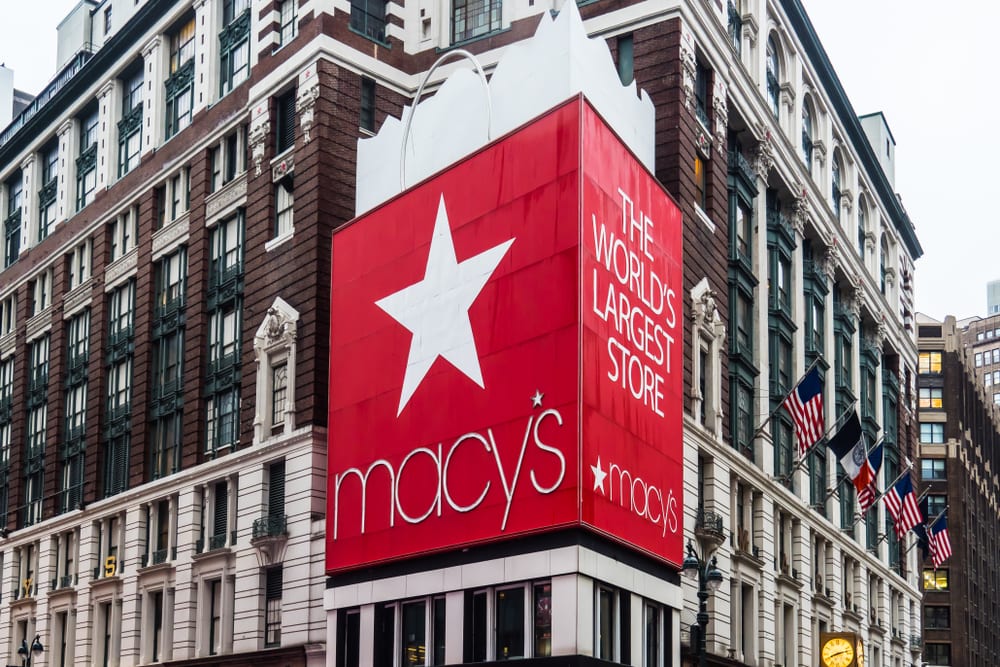Big chains and eCommerce operators tend to drive retail innovation — or make the most news when commerce fails — but small, local and even mom-and-pop operations are getting more focus these days via various forms of change, innovation and disruption.
Faire Chief Technology Officer and Co-founder Marcelo Cortes has a plan, as revealed in a recent PYMNTS interview. Cortes had a previous job as engineering lead for Square Cash. Today Square has built a powerful commerce ecosystem around a robust platform of small to medium-sized business (SMB) services, but that is far from where it started. The opening ambition was smaller and highly targeted — and that’s key for mom-and-pop retail in this age of everything getting bigger, and everything getting more digital and mobile.
Square “didn’t go in trying to change a big part of the market. They took a small target: These small business[es] had a need to be able to accept a credit card, but either couldn’t get access or it was very expensive [to] access. So, Square didn’t start at a big change; it started with that small, universal problem for SMBs,” Cortes said.
Not on Amazon
As for Faire, Cortes designed it as a B2B marketplace that matches small merchants and mom-and-pop shops with small makers and manufacturers, Faire, in many ways, is leaving the core of the experience intact, he noted. Buyers aren’t paying more for the goods than they would have otherwise, and sellers are still making the direct connections to the mom-and-pop shops that are the lifeblood of their organizations.
What the marketplace is designed to do, he said, isn’t so much disrupt that relationship, but improve and streamline it for both sides — and add value that simply wasn’t there before, and do so in part by offering goods not sold on Amazon.
B2B marketplace are not the only place of change and potential improvement when it comes to smaller retail operations and the question of whether they will thrive in the coming years. Local business are getting more visible via big search engines, and if that continues, that could play a big role in sparking more mom-and-pop retail success.
Take Google, perhaps, as the prime example. The Alphabet outfit has steadily improved it local search capabilities. Google had previously only let a handful of celebrities, sports teams, sports leagues, movie studios and museums post notes, images, videos, GIFs and text, but has in recent years opened it up to local small business firms. The businesses can post on Google to get the word out about events, their products and services, or photos to Google Search and Maps.
Ready to Buy
More recently, Google has been making shopping-friendly changes to search that could also benefit local and smaller retail operations. According to recent announcements from Google, users will be able to shop at pretty much any Google-associated spot. That will include Search, Google Images, YouTube and a redesigned Google Shopping destination, which is described by Google as “merging the best of Google Express with Google Shopping.”
The idea is both omnichannel — that concept being one of the guiding lights in retail going forward into this new decade — and to make shopping both easier and more accessible via even the smallest local retailers, with an eye toward enabling consumers to more seamlessly find, research and compare goods. And, of course, the aim is to make it easier to buy those goods, how they want, where they want.
“When they’re ready to buy, they can choose to purchase online, in a nearby store and now directly on Google,” the post noted of the expanded contextual commerce play. “For retailers and brands, it brings together ads, local and transactions in one place to help them connect with consumers at the right time.”
It’s folly to count out smaller retailers and mom-and-pop operations, even in his era of bigger, faster, more mobile and more global. But innovations will have to keep up with the challenges. (READ MORE)
——————————–
Featured PYMNTS Study:
With eyes on lowering costs to improving cash flow, 85 percent of U.S. firms plan to make real-time payments integral to their operations within three years. However, some firms still feel technical barriers stand in the way. In the January 2020 Making Real-Time Payments A Reality Study, PYMNTS surveyed more than 500 financial executives to examine what it will take to channel RTP interest into real-world adoption. Here’s what we learned.




![[Funding Alert] Facebook, Others Back Edtech Start-Up Unacademy In $110 Mln Funding Round - deals in retail](https://dealsinretail.com/wp-content/uploads/2020/02/Funding-Alert-Facebook-Others-Back-Edtech-Start-Up-Unacademy-In-110-Mln-Funding-Round-deals-in-retail.jpeg)






